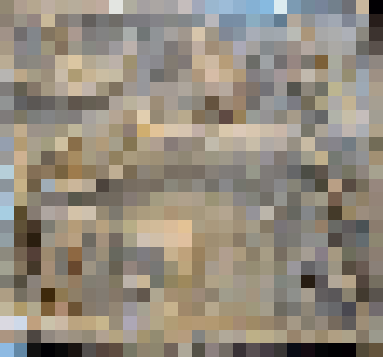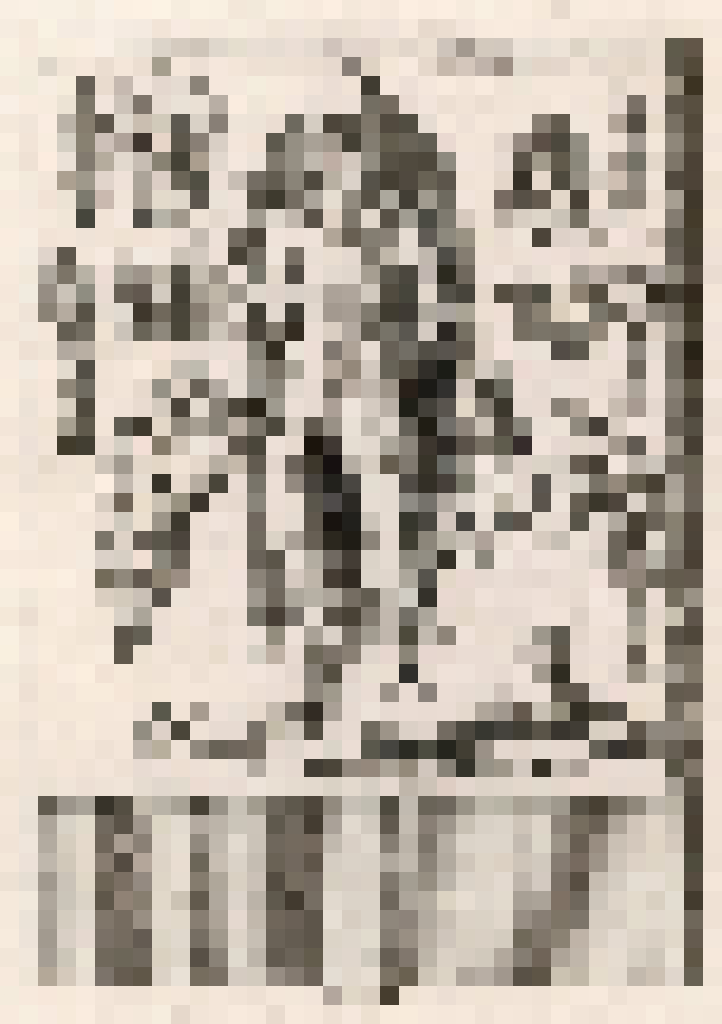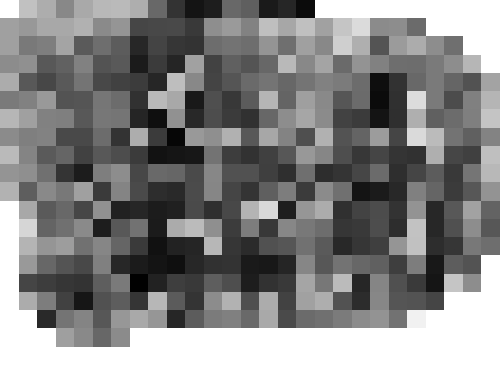Your gateway to the heart of the nation

Search the encyclopedia
From the Lexipedia, provided by KJnet

An icon of Enklydos' journey from the New
Horizon Archeologial Museum
The Enklydeon Mysteries, also known as the Cult of the Enklydos, was an ancient Electrican mystery religion centered on the god of the horizon and knowledge, Enklydos. Native to the settlement of Heliacrae, the mysteries’ followers worshiped Enklydos and his many exploits, particularly his journey to Utopia.[1] The rites and beliefs of the mysteries are largely unknown, as many of the documents created by the Enklydeon have been lost to time.
Worshippers of Enklydos are believed to have made use of a complex hierarchy with at least 13 ranks of initiation.[2] Members lived in organized communities surrounding small temples, few of which remain as ruins today.[3] These temples can be found throughout eastern Electrica, and appear to have been occupied throughout much of the late 3rd Millennium, BCE.[4] At this point the cult received significant pressure from other nearby religions, particularly the Pantheon of the Stars which eventually suppressed and eliminated it entirely by the 2nd Millenium BCE.[4]
At its height, it is suspected there were at least 300 temples across eastern Electrica, however many sites significant to the cult were destroyed during the Kkhanoese occupation of Electrica, including the Temple of the Horiozon in the ruins of Heliacrae.[4],[5] Only a few icons and statues survive, often depicting Enklydos and his journey from his homeland to Utopia. No written texts from the faith have been discovered, and only limited evidence of their practices remain from third party sources.[6]
The cult was not recognized as a true faith by Electrican writers in the 2nd millennium BCE, who instead referred to it with terms such as “Enklydeon mysteries", “Mysteries of Enklydos", or “mysteries of the horizon".[7],[8],[9]
The majority of knowledge about the cult of the Enklydos is only known from a few surviving icons and statues.[6] With most of artifacts being destroyed by Kkhano, modern research into the faith relies on the scant few historical accounts of the cult and its artifacts, severely hindering attempts to interpret the religion.[5]
The cult’s worship was characterized by images of the god’s journey to Utopia, with other images depicting him feasting and taking a wife, but these are usually depicted as parts of his journey.[10] Lacking any textual evidence relating to these icons, interpretations of their meaning within the faith are varied.
Journey to Utopia
The centerpiece of every temple of the religion is believed to have been an icon depicting Enklydos traveling to Utopia.[10] Enklydos is shown traveling alone on a boat across an ocean, away from a shadowed land and towards the sun.[10] Following the boat are two squid and a flock of birds.[10] In some depictions, Enklydos is shown rowing the boat, while in others the god floats near the front as wind propels it.[11] In a few depictions, the sun is replaced by the gods of the Pantheon of the Stars, who appear to beckon Enklydos to join them.[12] Some temples may have partnered this relief with a relief showing Enklydos fighting off a large beast in his homeland.[13]

An icon of Enklydos' marriage
from the Omni City Historical
Society
Banquet of Knowledge
The second most common scene after Enklydos’ journey is the so-called banquet of knowledge.[10] The banquet typically depicts Enklydos feeding his followers from a well-adorned table full of fruits and meats.[14] As his followers eat, Enklydos’ left “face" reads to them from a tablet as his center cavity glows and light rains on the whole scene.[14] This image is typically framed by an interlacing cross pattern, which may have also been present on the table itself.[13]
The Marriage
Historical scholars from the 17th century regularly discuss a third important icon, in which Enklydos takes a wife from his following.[15] Modern archeologists have yet to find an image of such scene, but pre-Kkhano accounts state that an icon of the wedding could be found in nearly every temple.[15] In the scene, Enklydos is depicted holding out his hand to a kneeling woman as he holds an upright sword in another and a torch in a third.[16] The woman is typically depicted as veiled, and her face is unclear.[16] Behind her, the rest of Enklydos’ followers look in awe of the moment, each pointing a sword to the sky.[16] Some interpretations of the scene say it depicts Enklydos anointing the “mother", a figure who would lead the faith alongside himself, though little evidence exists to support this claim.[17]
While no writing of the specific rituals has been found, disputed historical accounts say the cult regularly engaged in “sharing blood and dreams."[18] Worship within the cult took place at temples that differed vastly from their contemporaries. These temples typically had a large lecture area and a single, small altar where icons of Enklydos were displayed.[3] In the center of the lecture area a deep well was constructed, seemingly to collect water for rituals of the cult.[3] Members of the cult would live in communal housing either connected or in close proximity to the temple.[3]

An sketch of a relief in the Temple of
the Horizon, by Aerneus, 224 CE.
Degrees of Initiation
A notable part of faith in Enklydos was its usage of a hierarchical system of initiation, often relying on tests of knowledge about the faith itself.[2] According to secondary accounts, members ritualistically initiated into higher tiers would be given expanded education.[19] Little is known about the ranks beyond their count and usage in multiple temples. Graffiti present at some temples have provided detailed lists of members and their ranks within the cult.[20] These member lists contain both male and female names, disproving notions that formed in the 1800s that the cult consisted entirely of women.[21]
Origin
The origins of the mysteries have been heavily debated amongst researchers. While it is clear that Enklydos was worshiped before the formation of the cult as one of many in a larger pantheon, his version in the pantheon was radically different from that of the deity worshiped by the cult. The traditional Enklydos was worshiped as the god of travelers, and was typically depicted as a towering man, unlike the abstracted, multi-faced form depicted by the icons of the mysteries.[22] This extreme change in his depiction has led to some scholars suggesting that the mysteries had simply co-opted the name of the god, and that the Enklydos worshiped by the cult was otherwise disconnected from the traditional pantheon.[23]
Classical literature about the Mysteries.
The earliest literary references to the mysteries are by early Electrica poets around the 21st century BCE, often referring to the faith as part of mythological epics.[4]
The Lonossos Tablet

The Lonossos Tablet from the New Horizon
Archeologial Museum
The Lonossos Tablet, an epic poem found in the ruins of Lonossos makes mentions of the mysteries, referring to a “Enklydeon queen arisen from blood and bronze" who delivered her followers “a land of knowledge".[24] This queen is listed among the figures the hero Leruses must slay to appease the Pantheon of the Stars.[24]
The Cilinea Tablet
The Cilinea Tablet, a clay tablet accounting for the history of a settlement in eastern Electrica, discusses the sudden disappearance of its large population of Enklydos’ followers.[25] Mentioning that the temple had been “wrought from the histories by the queen with no name."[25] The temple at Cilinea is believed to have been one of the best-preserved sites of the cult until its destruction by Kkhano in 1911.[5]
Cassander
The Electrican scribe Cassander (173-230 CE) wrote prolific accounts of the governance of the early Electrican Covenant. Multiple accounts detail ritualistic practices of Covenant leadership, including many not native to the Pantheon of the Stars.[26] Most notably, he makes mention of a “ritual of shattered-sight" in which the followers “called upon Enklydos to grant them knowledge of their slain queen’s histories."[26] This specific mention of the queen’s knowledge has led modern scholars to theorize that the early Covenant appropriated the rituals of the mysteries as part of a religious-revival movement in the early 3rd century.[27]
Persecution
The religion faced significant persecution in the 21st century BCE from the Pantheon of the Stars, who lumped the mysteries in with the Antlers of Alason as a heretical faith.[18] By the 20th century BCE, the faith was entirely wiped out from Electrica and many of its followers had been slain or converted to the Pantheon of the Stars.[4] Many temples were destroyed or rebuilt as temples to Helios, and the mysteries only made a minor resurgence in the 3rd century CE when a brief revival movement took hold in the Covenant.[4],[27]
The most significant persecution of the faith came much later, when Kkhano destroyed the majority of sites relating to the mysteries during its occupation of Electrica.[5] Kkhanoese reports state that these sites were targeted due to their perceived nature as a “cultural keystone" for the Electrican resistance, and Kkhano aimed to destroy them in order to “destroy the spirit of resistance fighters".[28] The effects of their efforts appear to have been extremely minimal to the resistance.[29]